The genesis of the Late Triassic landscape
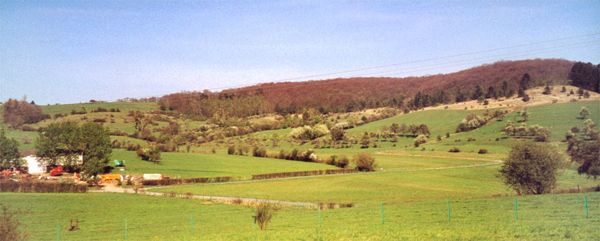 The Oberanven path is crossing a landscape, formed by the Late Triassic layer during the Mesozoic 200 millions of years ago. In fact this layer is made by lime and clay sediments of an old prehistoric sea.
The Oberanven path is crossing a landscape, formed by the Late Triassic layer during the Mesozoic 200 millions of years ago. In fact this layer is made by lime and clay sediments of an old prehistoric sea.
The genesis of the actual landscape is resulting from waters meeting the rocks.
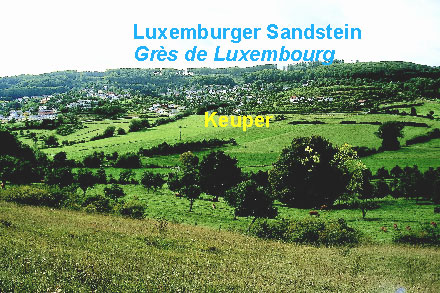 In the past, the Late Triassic layers did not yet appear on the surface, as they were covered by thick Luxembourg Sandstone layers. But later on as these layers finished to be eroded, the Late Triassic layers could be found on the surface.
In the past, the Late Triassic layers did not yet appear on the surface, as they were covered by thick Luxembourg Sandstone layers. But later on as these layers finished to be eroded, the Late Triassic layers could be found on the surface.
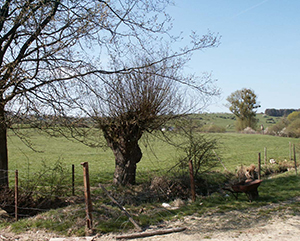
The sediments of these Late Triassic layers are composed by lime, clay and sand, forming an impervious rocky ground, easily deformable and ready to be eroded by waters. In consequence rivers and brooks were able to “model” those Late Triassic layers without efforts. During a long time the waters of the river Syre and its affluxes carved the Late Triassic layers and contributed actively to the actual face of the landscape. Slightly undulated formations were engendered and the landscape with its smooth valleys and undulated hills was born.
Farming
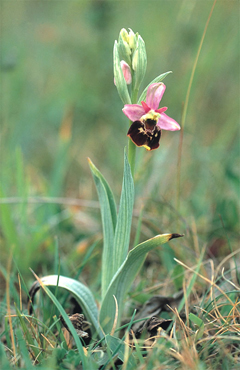
An orchid on the “Aarnescht”
The Late Triassic layers, characteristic for their pastures and meadows had ever since been used for farming by the inhabitants.
As these layers can only store a limited quantity of water and nutrients for the vegetation, the Late Triassic soil is not very favourable for crop plants use. After a rain shower the soil is very wet because of its high clay level, the clay minerals swell and the ground becomes impervious. Therefore the water, necessary to cultivate economic plants cannot enter the ground and flows out the surface.
Important rock steeps (cuesta) are drawing the landscape at the meeting point of the Late Triassic and the Luxembourg Sandstone layers.
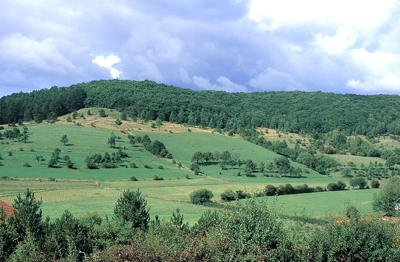 At the north-east side of Oberanven, in the very middle of the Late Triassic landscape, there lays one of the first national natural reserves in Luxembourg: the “Aarnescht”.
At the north-east side of Oberanven, in the very middle of the Late Triassic landscape, there lays one of the first national natural reserves in Luxembourg: the “Aarnescht”.
A very interesting didactic path is crossing this reserve, exhibiting one of the most important assortments of orchids in Luxembourg.
